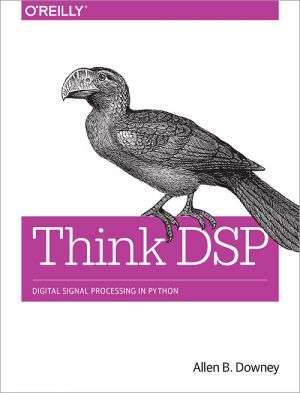Think DSP
Digital Signal Processing in Python
by Allen Downey
DescriptionTable of ContentsDetailsHashtagsReport an issue
Author Allen Downey explains techniques such as spectral decomposition, filtering, convolution, and the Fast Fourier Transform. This book also provides exercises and code examples to help you understand the material.
You'll explore: Periodic signals and their spectrums; Harmonic structure of simple waveforms; Chirps and other sounds whose spectrum changes over time; Noise signals and natural sources of noise; The autocorrelation function for estimating pitch; The discrete cosine transform (DCT) for compression; The Fast Fourier Transform for spectral analysis; Relating operations in time to filters in the frequency domain; Linear time-invariant (LTI) system theory; Amplitude modulation (AM) used in radio. 






Book Description
If you understand basic mathematics and know how to program with Python, you're ready to dive into signal processing. While most resources start with theory to teach this complex subject, this practical book introduces techniques by showing you how they're applied in the real world. In the first chapter alone, you'll be able to decompose a sound into its harmonics, modify the harmonics, and generate new sounds.Author Allen Downey explains techniques such as spectral decomposition, filtering, convolution, and the Fast Fourier Transform. This book also provides exercises and code examples to help you understand the material.
You'll explore: Periodic signals and their spectrums; Harmonic structure of simple waveforms; Chirps and other sounds whose spectrum changes over time; Noise signals and natural sources of noise; The autocorrelation function for estimating pitch; The discrete cosine transform (DCT) for compression; The Fast Fourier Transform for spectral analysis; Relating operations in time to filters in the frequency domain; Linear time-invariant (LTI) system theory; Amplitude modulation (AM) used in radio.
This open book is licensed under a Creative Commons License (CC BY-NC). You can download Think DSP ebook for free in PDF format (4.5 MB).
Table of Contents
Chapter 1
Sounds and Signals
Chapter 2
Harmonics
Chapter 3
NonPeriodic Signals
Chapter 4
Noise
Chapter 5
Autocorrelation
Chapter 6
Discrete Cosine Transform
Chapter 7
Discrete Fourier Transform
Chapter 8
Filtering and Convolution
Chapter 9
Differentiation and Integration
Chapter 10
LTI Systems
Chapter 11
Modulation and Sampling
Index
Book Details
Title
Think DSP
Subject
Computer Science
Publisher
O'Reilly Media, Green Tea Press
Published
2016
Pages
157
Edition
1
Language
English
ISBN13
9781491938522
ISBN10
1491938528
ISBN13 Digital
9781491938454
ISBN10 Digital
1491938455
PDF Size
4.5 MB
License

Related Books
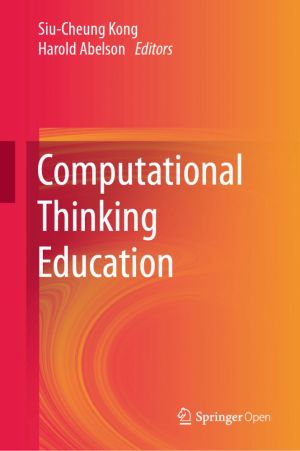
This book offers a comprehensive guide, covering every important aspect of computational thinking education. It provides an in-depth discussion of computational thinking, including the notion of perceiving computational thinking practices as ways of mapping models from the abstraction of data and process structures to natural phenomena. Further, it...
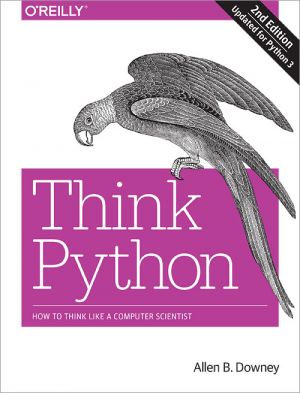
If you want to learn how to program, working with Python is an excellent way to start. This hands-on guide takes you through the language a step at a time, beginning with basic programming concepts before moving on to functions, recursion, data structures, and object-oriented design. This second edition and its supporting code have been updated for...
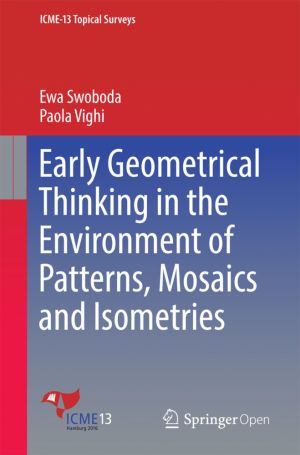
This book discusses the learning and teaching of geometry, with a special focus on kindergarten and primary education. It examines important new trends and developments in research and practice, and emphasizes theoretical, empirical and developmental issues. Further, it discusses various topics, including curriculum studies and implementation, spat...
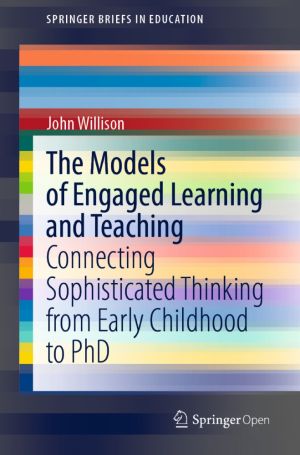
This book provides a practical philosophy for promoting students' sophisticated thinking from Early Childhood to PhD in ways that explicitly interconnect across the years of education. It will help teachers, academics and the broader learning and teaching community to understand and implement these connections by introducing a conceptual frame...
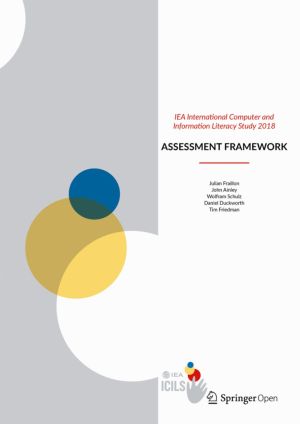
This free book presents the assessment framework for IEA's International Computer an Information Literacy Study (ICILS) 2018, which is designed to assess how well students are prepared for study, work and life in a digital world. The study measures international differences in students' computer and information literacy (CIL): their abili...
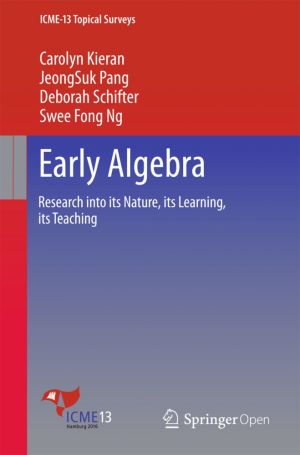
This survey of the state of the art on research in early algebra traces the evolution of a relatively new field of research and teaching practice. With its focus on the younger student, aged from about 6 years up to 12 years, this volume reveals the nature of the research that has been carried out in early algebra and how it has shaped the growth o...

